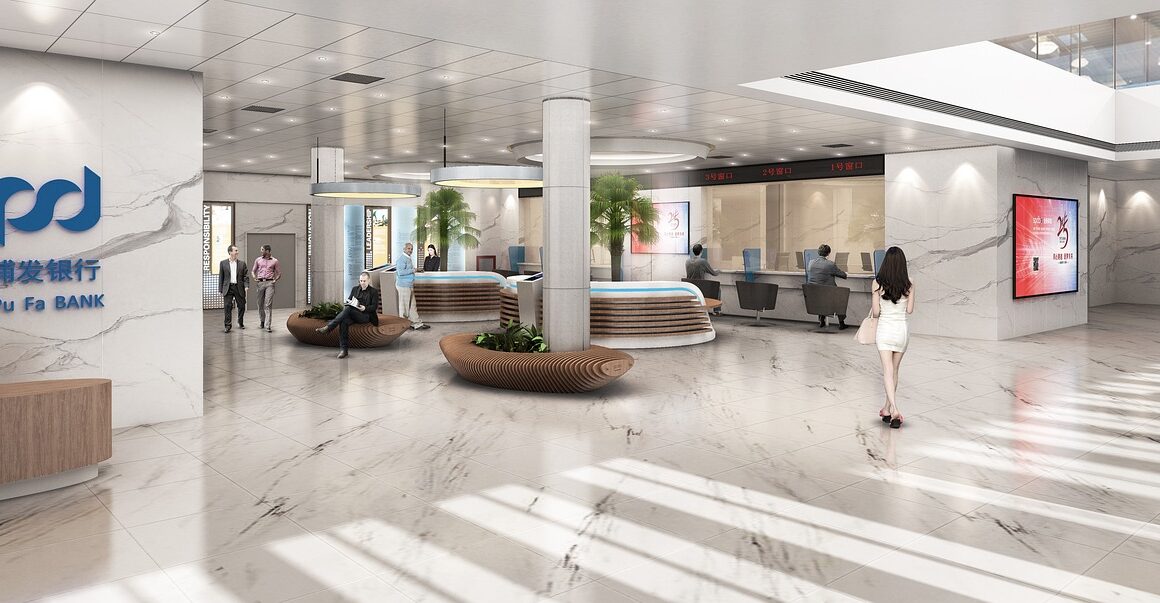In today’s fast-paced work environment, maximizing office productivity is paramount for success. Whether you’re a seasoned executive or a fresh graduate, understanding and implementing effective strategies to boost output can significantly impact your career and the overall performance of your organization. This comprehensive guide dives into proven techniques and practical tips to transform your workspace into a hub of efficiency and achievement.
Optimizing Your Workspace for Maximum Productivity
Creating an Ergonomic and Comfortable Environment
A well-designed workspace is crucial for maintaining focus and preventing physical strain. Consider these factors:
- Ergonomic Chair: Invest in a chair that provides proper lumbar support and adjustable height to maintain good posture. For example, the Herman Miller Aeron chair is a popular choice.
- Adjustable Desk: A standing desk or a desk with adjustable height allows you to switch between sitting and standing, reducing sedentary behavior and improving circulation.
- Monitor Placement: Position your monitor at eye level and an arm’s length away to avoid neck strain. Use monitor arms to adjust the height and angle.
- Proper Lighting: Ensure adequate lighting to prevent eye fatigue. Natural light is ideal, but if that’s not possible, use full-spectrum lamps.
- Declutter: A clean and organized workspace reduces distractions and improves focus. Implement a system for filing documents and keeping your desk tidy.
- Actionable Takeaway: Evaluate your current workspace setup and make adjustments to improve ergonomics and comfort.
Minimizing Distractions
Distractions are productivity killers. Implement strategies to minimize them:
- Noise-Cancelling Headphones: Block out ambient noise and create a focused environment. Popular options include Bose QuietComfort and Sony WH-1000XM series.
- Designated Quiet Time: Schedule specific blocks of time for focused work, during which you avoid checking emails or social media.
- Communicate Boundaries: Inform colleagues of your need for uninterrupted time to concentrate on important tasks. Use “Do Not Disturb” signs or online status indicators.
- Website Blockers: Use website blockers like Freedom or Cold Turkey to prevent access to distracting websites during work hours.
- Minimize Notifications: Turn off non-essential notifications on your computer and phone. Respond to emails and messages during designated times.
- Example: A project manager, Sarah, found her productivity increase by 30% after implementing designated “focus blocks” in her calendar and using noise-cancelling headphones.
- Actionable Takeaway: Identify your biggest distractions and implement strategies to minimize their impact.
Mastering Time Management Techniques
Prioritization and Goal Setting
Effective time management begins with clear priorities and well-defined goals.
- SMART Goals: Set Specific, Measurable, Achievable, Relevant, and Time-bound goals. For example, instead of “Improve marketing,” aim for “Increase website traffic by 15% by the end of Q3.”
- Eisenhower Matrix: Use the Eisenhower Matrix (Urgent/Important) to prioritize tasks. Focus on important but not urgent tasks, delegate urgent but not important tasks, and minimize time spent on non-urgent and non-important tasks.
- To-Do Lists: Create a daily to-do list with tasks ranked by priority. Use tools like Todoist or Microsoft To Do to manage tasks and set reminders.
- Time Blocking: Allocate specific time slots for specific tasks in your calendar. This helps you stay on track and avoid multitasking.
- Example: A sales team leader, John, uses the Eisenhower Matrix to delegate administrative tasks to his assistant, freeing up his time for lead generation and closing deals.
- Actionable Takeaway: Implement the SMART goal framework and prioritize tasks using the Eisenhower Matrix.
The Pomodoro Technique
The Pomodoro Technique is a time management method that involves breaking down work into intervals, traditionally 25 minutes in length, separated by short breaks.
- How it works:
Choose a task to focus on.
Set a timer for 25 minutes (one “Pomodoro”).
Work on the task until the timer rings.
Take a short break (5 minutes).
After every four “Pomodoros,” take a longer break (15-20 minutes).
- Benefits:
Improved focus and concentration.
Reduced mental fatigue.
Enhanced time awareness.
Increased motivation.
- Actionable Takeaway: Try the Pomodoro Technique to improve focus and manage your time more effectively.
Leveraging Technology to Enhance Efficiency
Automation Tools
Automation can significantly reduce manual tasks and free up your time for more important activities.
- Email Automation: Use tools like Mailchimp or ConvertKit to automate email marketing campaigns, welcome sequences, and follow-up emails.
- Social Media Scheduling: Schedule social media posts in advance using tools like Buffer or Hootsuite.
- Workflow Automation: Use platforms like Zapier or IFTTT to automate repetitive tasks, such as saving email attachments to a specific folder or creating tasks from emails.
- Project Management Software: Utilize project management tools like Asana, Trello, or Monday.com to streamline workflows, assign tasks, and track progress.
- Example: A marketing team automated their social media posting schedule, saving them several hours per week.
- Actionable Takeaway: Identify repetitive tasks that can be automated and implement automation tools to streamline your workflow.
Communication and Collaboration Platforms
Effective communication and collaboration are crucial for teamwork and productivity.
- Instant Messaging: Use platforms like Slack or Microsoft Teams for instant communication and collaboration.
- Video Conferencing: Utilize video conferencing tools like Zoom or Google Meet for remote meetings and virtual collaboration.
- Document Sharing: Use cloud-based platforms like Google Drive or Dropbox for easy document sharing and collaboration.
- Project Management Tools: Many project management tools also offer collaboration features, such as task comments, file sharing, and progress tracking.
- Example: A remote team uses Slack for daily communication, Zoom for weekly meetings, and Google Drive for document collaboration.
- Actionable Takeaway: Choose the right communication and collaboration tools to facilitate teamwork and streamline communication.
Prioritizing Wellbeing and Work-Life Balance
Avoiding Burnout
Burnout can severely impact productivity and overall wellbeing. Implement strategies to prevent it:
- Take Regular Breaks: Step away from your desk every hour to stretch, walk around, or engage in a relaxing activity.
- Set Boundaries: Establish clear boundaries between work and personal life. Avoid checking emails or working late hours.
- Delegate Tasks: Don’t be afraid to delegate tasks to colleagues or assistants.
- Practice Self-Care: Engage in activities that promote relaxation and stress reduction, such as exercise, meditation, or spending time with loved ones.
- Prioritize Sleep: Aim for 7-8 hours of sleep per night to improve focus and cognitive function.
- Statistics: Studies show that employees who take regular breaks are more productive and less likely to experience burnout.
- Actionable Takeaway: Prioritize self-care and implement strategies to prevent burnout.
Continuous Learning and Skill Development
Investing in continuous learning and skill development can improve your capabilities and boost productivity.
- Online Courses: Take online courses on platforms like Coursera, Udemy, or LinkedIn Learning to acquire new skills and knowledge.
- Industry Conferences: Attend industry conferences and workshops to stay updated on the latest trends and best practices.
- Read Books and Articles: Read books and articles on topics related to your field to expand your knowledge base.
- Seek Mentorship: Seek guidance from experienced professionals in your field.
- Example: A software developer took an online course on a new programming language, which allowed him to develop more efficient and innovative solutions.
- *Actionable Takeaway: Dedicate time to continuous learning and skill development to enhance your capabilities.
Conclusion
Boosting office productivity is an ongoing process that requires a holistic approach. By optimizing your workspace, mastering time management techniques, leveraging technology, and prioritizing wellbeing, you can create a more efficient and fulfilling work environment. Remember to continuously evaluate your strategies and make adjustments as needed to maximize your output and achieve your goals. Embrace these practical tips and actionable takeaways to unlock your full potential and drive success in your professional life.




